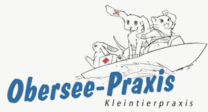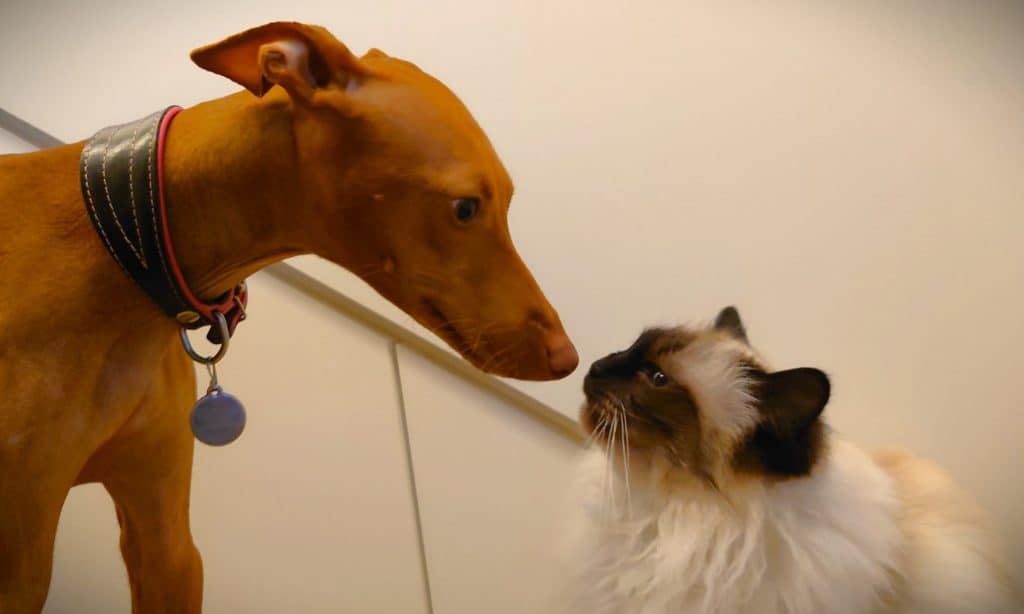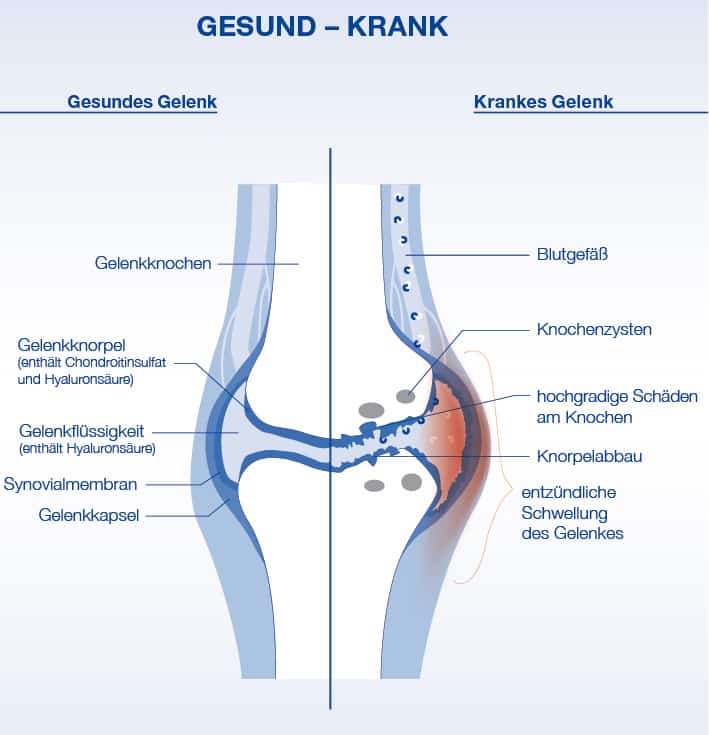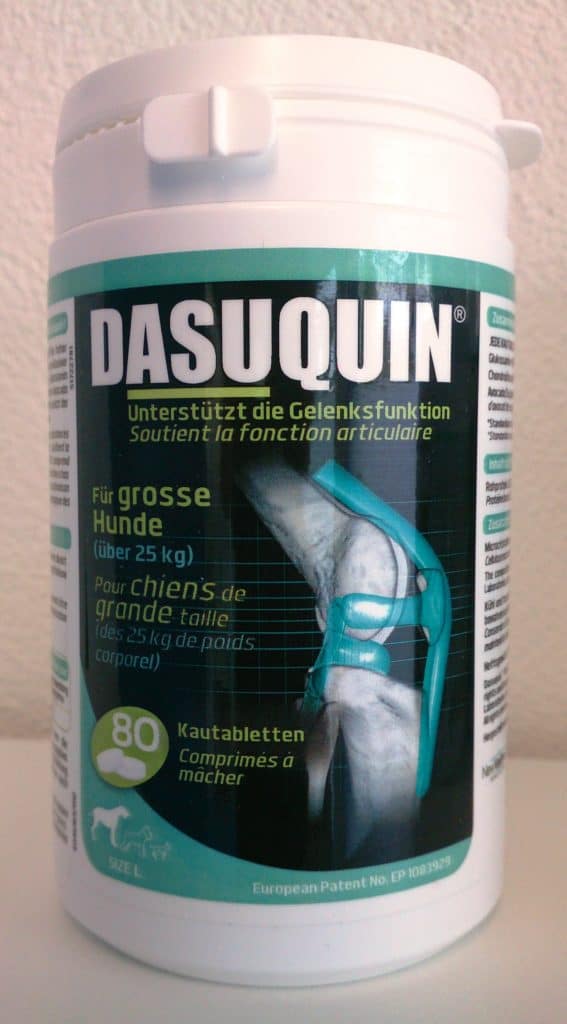Slow down osteoarthritis, gain quality of life!
As animals get older, owners often notice that they are less active and no longer enjoy going for walks. Stairs suddenly present a problem. Cats no longer want to climb up to their favorite spots. Dogs stay behind during the walk and want to go home again. In the morning when getting up, the animals show problems to get up or run badly. Sometimes the animals walk in, but at or after prolonged exertion they begin to limp again. They are in pain. These are all signs that point to osteoarthritis. The joints are worn and easily inflamed. The quality of life of these animals is greatly reduced. Sometimes these patients react with irritation or even aggression because of the constant pain. Help is therefore urgently needed!
At what age arthrosis occurs is very different and depends on the weight and size of the animal. Also disorders that have already occurred during growth, such as the shape of the joints and the development of the joint surfaces, influence the formation of osteoarthritis. Some animals already suffer from arthrosis at a young age! In general, unfortunately, it must be assumed that every 5th adult animal suffers from arthrosis.
Osteoarthritis occurs when the cartilage surfaces of the joints, which should be smooth and slippery, wear down. Articular cartilage is nourished and kept stable solely by the joint fluid. In addition, synovial fluid makes up the 'lubrication' of the joint. However, if the joint now becomes inflamed, the synovial fluid becomes watery, so it no longer lubricates properly, the important nutrients for the joint cartilage are depleted, and the cartilage suffers further damage. In addition, the body begins to store calcium everywhere to stabilize the joints, which leads to restricted movement and further pain.
On X-ray, affected joints often look 'cauliflower-like' changes, our example osteoarthritis in dogs and cats at the elbow joint:
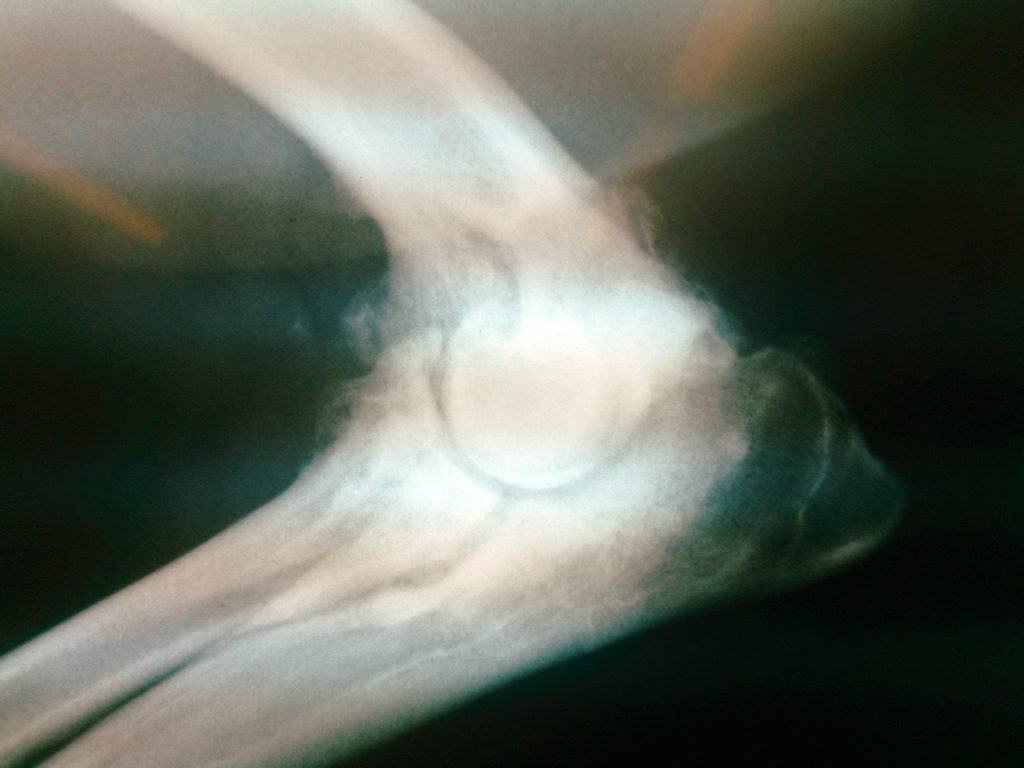
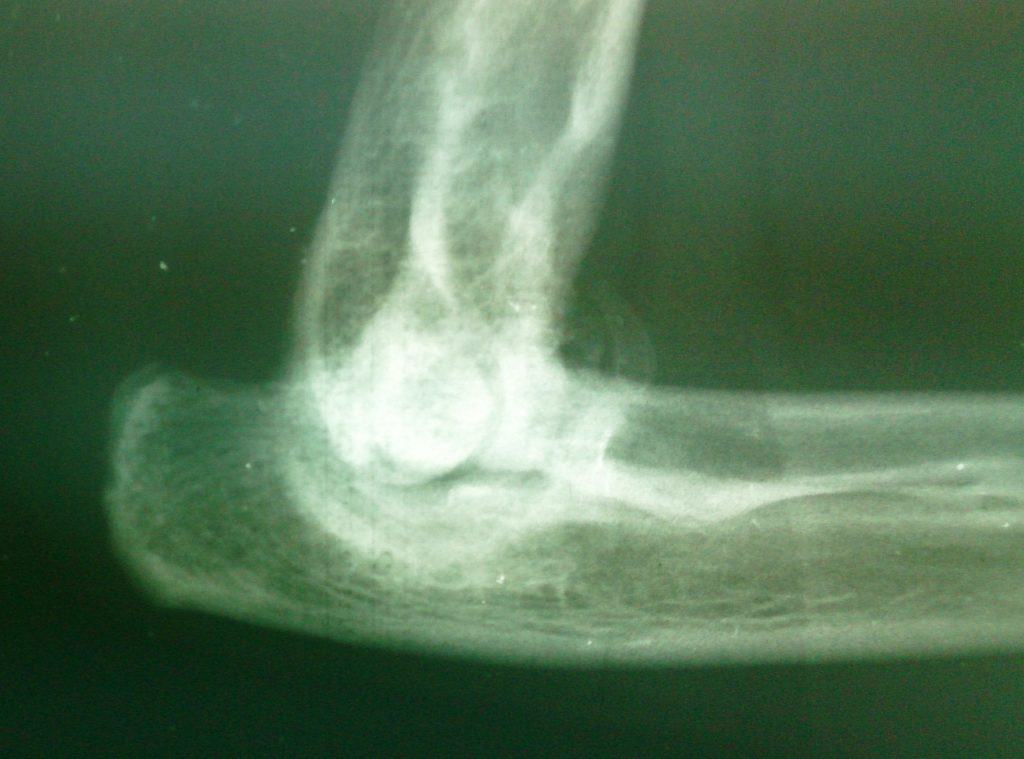
The back also knows similar changes as arthrosis in the joints. Calcareous bridges are formed between the vertebrae, so-called spondylosis:
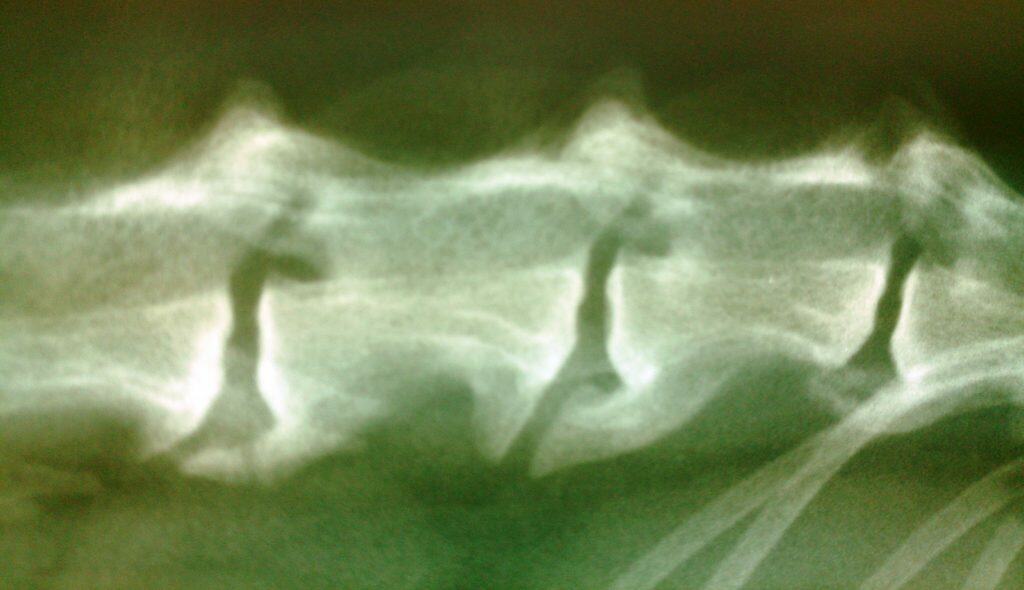
Such a back becomes increasingly immobile and is usually very painful.
Of course, you have to live with osteoarthritis and to a certain extent it is somehow part of getting older. However, this is no reason to do nothing against the increasing deterioration of the condition or even nothing against the pain! There are many possibilities to support the arthrosis patients, to slow down the development a bit and especially to reduce the pain to create quality of life!
Please note the simplest but not less important measures:
- Warm and soft sleeping places without drafts should be available.
- Daily and steady exercise is good. Romping around, running up and down stairs and overexertion make osteoarthritis worse.
- Reducing excess weight means gaining quality of life!
Measures to preserve the natural joint functions:
To keep the joints healthy and pain-free for as long as possible, it is crucial to ensure the quality of the joint fluid. Joint fluid should lubricate and nourish the joint. In older dogs or due to degradation from inflammation, the quality of the synovial fluid can greatly decrease and the need for nutrients for the joint can increase two to three times.
Fortunately, it is possible to feed these natural nutrients and it has been shown that these active ingredients actually reach the joint if they are added in the right form. These are mainly the so-called glycosaminoglycans such as chondroitin sulfate and glucosamine or hyaluronic acids, which also have anti-inflammatory properties.
One should pay attention when choosing products that there is a clearly declared content of these substances. There are many products on the market that have insufficient content, but still indicate joint effectiveness. There are also palatable products for cats:
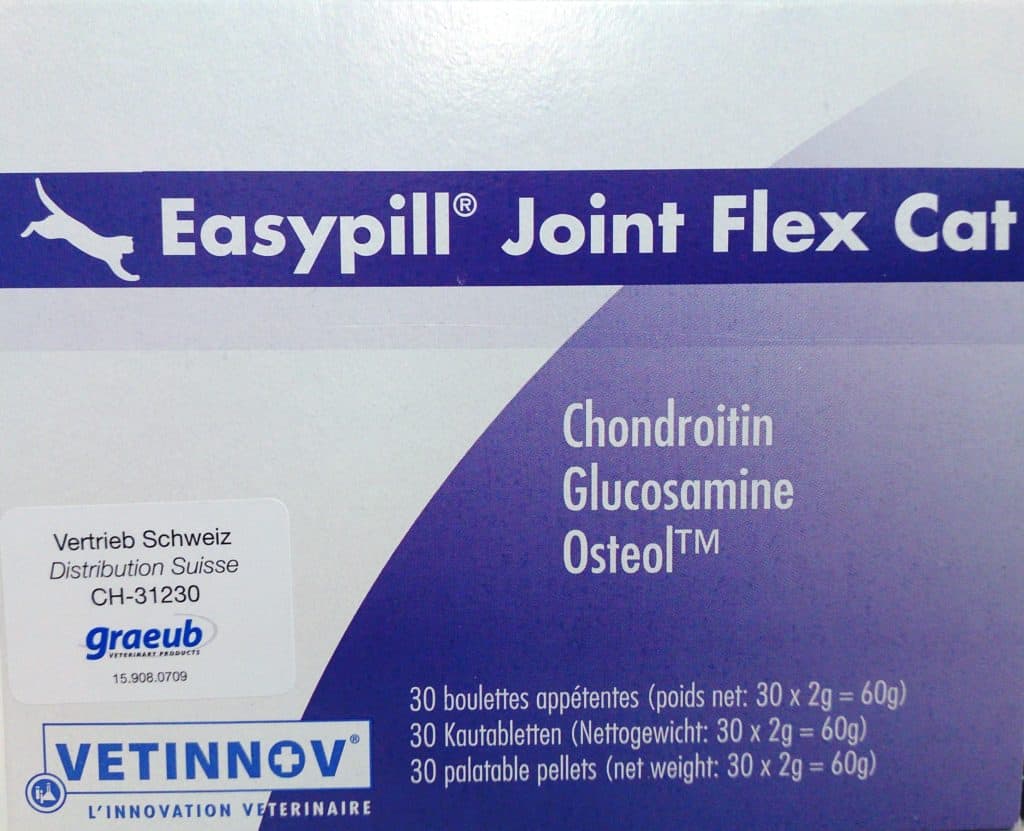
But also regular, daily exercise helps to keep the cartilage healthy, because this massages the joint fluid into the cartilage and the supply of the cartilage is improved. There are cats that just lie around all day and still get arthritis because the cartilage is undersupplied! Heavy overweight is of course also harmful and can also only be reduced by exercise.
Another approach to maintaining the health of joints at risk of arthritis is to inhibit the breakdown of joint nutrients and stimulate the formation of hyaluronic acids. For this purpose there are preparations that can be injected as cures and achieve this effect. We will be happy to advise you on this.
Herbal active ingredients to reduce inflammation:
Herbal active ingredients are mainly used to reduce inflammation in milder or incipient forms of osteoarthritis. Unfortunately, toxicity tests (proof that they do not have any harmful effects in the short or long term) could not be provided for some of them, so these products are disappearing from the market again. However, there are also new products that are now increasingly being used:
As an example, the extract of avocado and soybeans: ASU. Most often, these natural substances are offered in combination with joint nourishing substances, for example, glucosamine and chondroitin sulfate:
Also a strong anti-inflammatory effect have certain essential fatty acids, which of course have a great importance in the diet anyway. With Arthrose animals they should be administered however in therapeutic dosage! There are also special feed additives, which contain such quantities. There are also ready dry foods for dogs and cats that contain sufficient amounts of such fatty acids: For example, from Hills the j/d diet.
Medication pain management and strong anti-inflammatory:
As osteoarthritis progresses, it becomes increasingly important to inhibit the degrading inflammatory processes in order to slow down osteoarthritis and keep pain under control so that patients can continue to enjoy a good quality of life. Most anti-inflammatory medications are also pain-reducing. Thus, these issues are usually addressed by a single medication together.
Since a strong "pain memory" develops in osteoarthritis, these drugs usually have to be administered over several weeks until the full effect develops. There are various drugs on the market for this purpose, and patients' response to them can be very individual. New developments also allow these drugs to be administered only once a month in some cases!
In any case, the goal is to achieve a good quality of life for the patient suffering from osteoarthritis!
Physical therapies:
Physical therapies aim to maintain mobility by optimizing environmental influences. There are a variety of options. Many work with heat, light, ultrasound or movement.
Here are some examples: Special lying mats to keep patients soft, dry and warm. Orthopedic support bandages to achieve mechanical stabilization of the joints (partly with insertion splints) and to keep the joints warm:
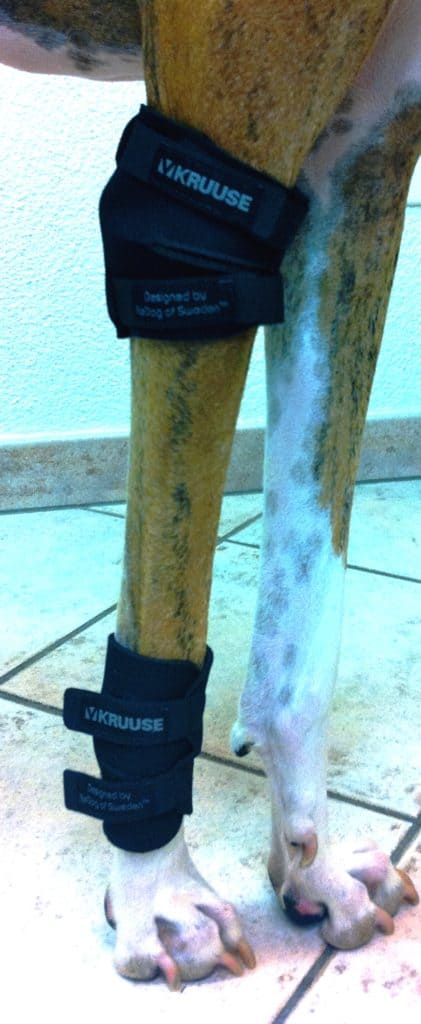
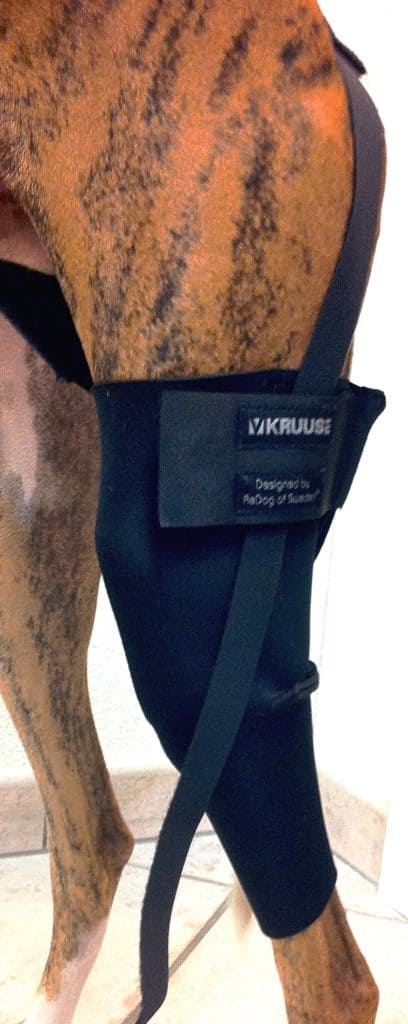
Shock wave treatment, ZRT and cold plasma are described in a separate chapter on our homepage.
Physiotherapy centers also offer accompanying therapies. Please refer to our collection of links.
In any case, at the beginning of the therapy, a correct diagnosis and the severity should be determined by X-ray examination in order to determine the optimal support for each patient.
Surgical treatment:
The field of surgical possibilities is large and varies very individually from case to case. It is not possible to summarize here in principle all the operations that would be available. Today we have all possibilities up to hip joint replacement. How useful this is must be assessed on a case-by-case basis.
However, many animals also suffer from osteoarthritis because previous injuries or anomalies were not or insufficiently treated. Surgery is therefore also of great importance in reducing the risk of osteoarthritis. An important example is the cruciate ligament rupture at the knee of dogs and cats, because with a timely and good surgical stabilization of the knee joint, the life span of such joints can be clearly extended.
